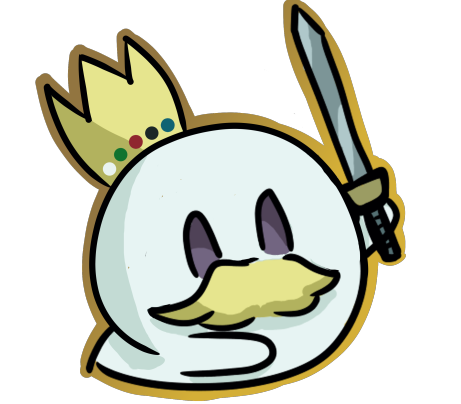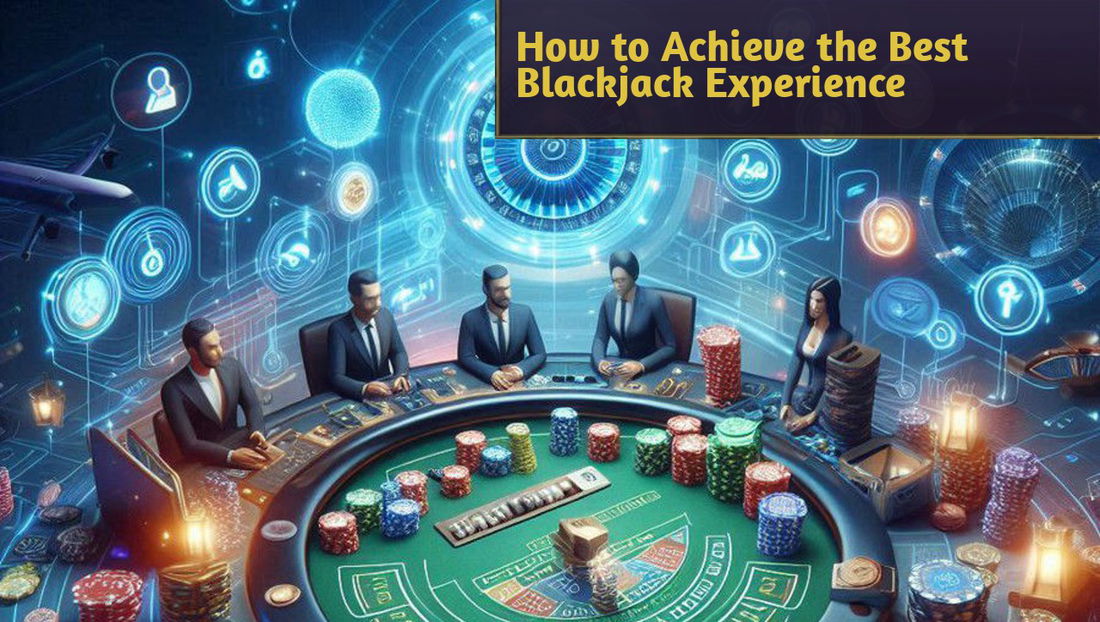It can bring communities together, create the perfect arena for superstitious beliefs, or simply pass the time.
But where did this game originate, and how did it become the international sensation it is today? Read on, as we explain just that.
What is Mahjong?
First things first, for any readers who don’t know, Mahjong is a four-person game played with rectangular pieces, or ‘tiles.’ These tiles all depict various Chinese characters that represent ancient Chinese traditions. Bamboo and circles stand in for ancient Chinese currency. Arrows (sometimes called dragons) represent the ancient Chinese art of archery. Finally, flowers are depicted on some of the tiles, representing the four Confucian plants: the plum, the orchid, the bamboo, and the chrysanthemum.
The aim of the game is for an individual player to collect tiles in order to make up a winning hand. This hand should consist of four sets of three tiles and one pair of identical tiles, making fourteen altogether. They do this by claiming and discarding tiles as the game progresses.
Where is Mahjong Played?
Mahjong is played in a variety of different settings across the globe. In China, the game is still popular, and many different regional variations are played in homes. Additionally, the popularity is also strong in other East and South Asian countries.
Of course, the game is also popular in the West and has become a staple of many casinos in the United States. Interestingly, the game has remained specifically popular amongst marginalised immigrant groups in the States, such as American Jews or African American club women.
Nowadays, Mahjong online has made playing the game easier than ever before. Anyone interested can access sites like Mahjong365 from the comfort of their own home and not only play the game, but learn specific skills and strategies to improve their chances of success when they do.
On Mahjong365, you can also:
● Play for real money.
● Make wagers and withdrawals in cryptocurrency.
● Learn the history of Mahjong.
● Get involved with a passionate community.
The Origin of Mahjong
Mahjong originated in China, towards the end of the Qing dynasty, around the mid-1800s. However, many believe that the game is derived from the ancient Chinese card game Madiao. Madiao itself dates back to the Yuan dynasty (1271-1368). It continued to be a popular game until the mid-19th century, which is, of course, when Mahjong stepped in to take its place. Madiao is played with 40 cards and, like Mahjong, with four players.
The Creation of the Game
When it first emerged in Southern China, Mahjong was one of many male-dominated gambling games around at the end of the Quing Dynasty. In Southern Chinese, the word Mahjong means sparrow and the game got its name from the clacking sound the tiles make during a re-shuffle; a sound that sounds similar to the clacking of a sparrow's talons.
Finding Its Way to America
In the 1920s, Mahjong was brought to America by businessman Joseph P. Babcock. The game took off like wildfire. Everyone was obsessed. However, it is hard not to notice the irony of the obsession. Mahjong went big in the States during the peak of anti-immigration and anti-Chinese rhetoric. Blatant racism was common, but the game remained a favorite pastime despite it.
One group that found a particular affinity for Mahjong were wealthy white women, who were, according to Annelise Heinz (author of the bestselling book Mahjong: A Chinese Game and the Making of Modern American Culture) attracted to the “feminist exotism” of dressing up in Ancient Chinese costumes and using words from the Chinese language when they played. This behavior was further encouraged by the false marketing rumor that insisted Mahjong had actually been played in Ancient China and so could be separated from the contemporary Chinese immigrants who were looked down upon by the majority of American society.
Mahjong Today
Although the obsession with Mahjong did die down in America, and probably for the better, it is still a popular game in the country and across the world. One thing that has kept it alive and has made it a staple among marginalized groups is the sense of community it fosters. Unlike other gambling games, like Poker, resetting the game takes quite a long time. It is not as simple as a quick shuffle of some cards, but rather players must sit for extended periods waiting for the tiles to be reset at the end of every round. During this time, they talk. They learn about one another, and they grow stronger as a group. This, more than anything, is the true beauty of Mahjong.
As a casino game, Mahjong is also doing very well. Some casinos offer it as a free-to-play activity, again designed to help build a sense of community. Others place minimum deposit requirements on the game. It might not be the star game of every casino, nor the game you first think of when you hear the word ‘casino’, but the game's complex history has earned it a place at the table when it comes to casino gaming.







— Commenti 0
Diventa il primo a commentare